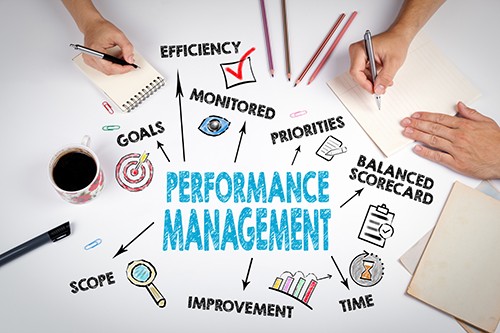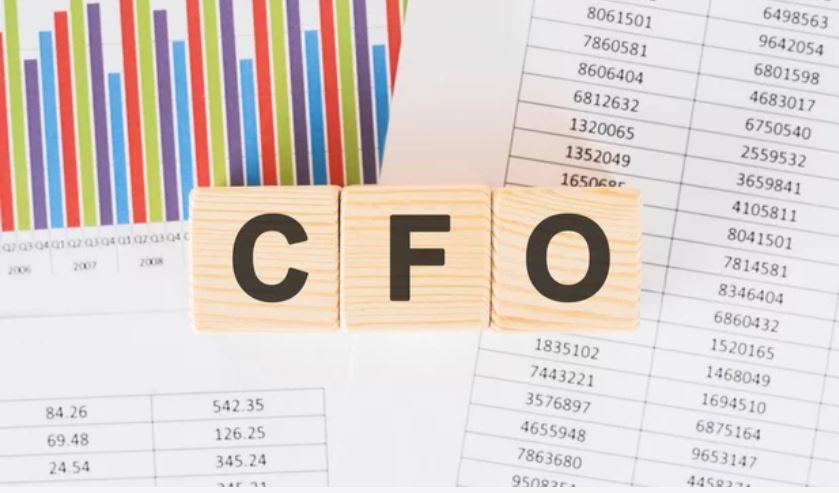The Warning Signs Of A Cash Flo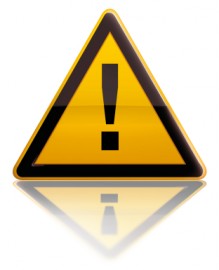 w Crisis
w Crisis
Cash flow is the life blood of any business and it can be the difference between success and failure.
A lot of business owners walk a tightrope when managing their accounts receivable (debtors) and their accounts payable (creditors). It can be a fine line chasing your outstanding debtors so you can pay your suppliers and other creditors on time. Of course, you also need sufficient funds to pay your employees and money to reinvest in your business to increase stock levels that can drive additional revenue and profit.
Let’s briefly examine some of the most common causes of a cash flow crisis.
1) Slow Paying Debtors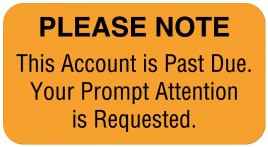
The last thing you want to do is lose customers. Your marketing has worked and you have won these customers but they are slow payers. While it’s never easy asking a customer to pay your invoice, it’s a fact of business life.
Some business owners don’t chase their accounts receivable because they fear they might upset their customer which could impact on future sales. It’s an awkward but essential conversation you need to have with your delinquent customers because a non-paying or slow paying customer can bring your business to its knees.
It might sound obvious, however, some businesses still don’t list their payment terms on their invoices. If you don’t specify the payment terms on your invoice or in your original contract, you are inviting trouble. You need to monitor your accounts receivable and mail or email regular statements to your customer. The squeaky wheel eventually gets oiled. Identify the problem customers early in the relationship because extending their credit with you is a recipe for cash flow problems.
2) Insufficient Sales
Without sales your business has no cash flow or future.
Try and find some easy add on sales (would you like fries with that?) or ‘low hanging fruit’ from your existing customers. Develop an irresistible offer for your existing customers and make sure you build a list of customers to target with your offers. Statistics show that 80% of sales are made after the fifth contact with a potential customer so make sure you also keep building a list of prospects via your website by exchanging a piece of your valuable content (or even a product sample) for the prospect’s name and email address. You may have to give away an e-book, whitepaper, newsletter or checklist but this strategy lets you build a pipeline of prospects that you have permission to market to in the future. Remember, not everyone who lands on your website is ready to buy so building a list and adding them to future marketing campaigns is a key strategy to winning more sales.
It can also help if you have a systemised approach to selling. Where possible, automate and systematise the process so your customers get a consistent and positive experience. Also, create sales forecasts. They say, if you don’t know where you are going, all roads lead to nowhere. Establish sales targets so you can monitor your own performance. It could mean identifying how many new customers you need to win each week or month. In business, if you don’t measure you can’t manage.
3)
Wrong Pricing or Discounts 
To win more business it’s common for business owners to discount their prices. The strategy of reducing prices to win a bigger share of the market and luring customers away from your competitors is sound, however, it could have an impact on your cash flow.
You need to review your pricing at regular intervals because your suppliers have probably increased their prices so the cost of your product ‘inputs’ is on the rise. What impact are those costs having on your profit margins? It’s no surprise to find that businesses that don’t regularly review their pricing and gross profit margins often experience cash flow problems.
To illustrate the impact of discounting your prices, let’s look at how many extra products you need to sell to generate the same gross profit amount. Using the chart below, find the gross profit margin of your product in the left hand column, then find the column that shows your price decrease. Where the two numbers intersect, this is how many extra units you will have to sell (following the price reduction) to maintain the same gross profit in dollars.
For example, if you have a 30% gross margin on your product and you are contemplating offering a 15% price decrease, you must get an incredible 100% increase in unit sales to end up with the same total gross profit. The message is clear, think carefully before you discount because the whole strategy of generating more cash flow may backfire.
|
If you decrease your prices, how much must unit sales increase to maintain the same gross profit dollars? |
||||
|
Price Decrease |
||||
|
Current margin, before a price decrease |
-5% |
-10% |
-15% |
-20% |
|
30% gross margin |
+20% |
+50% |
+100% |
+200% |
|
35% gross margin |
+17% |
+40% |
+75% |
+133% |
|
40% gross margin |
+14% |
+33% |
+60% |
+100% |
|
45% gross margin |
+13% |
+29% |
+50% |
+80% |
|
50% gross margin |
+11% |
+25% |
+43% |
+67% |
4) Too Much Debt
A business with too much debt will inevitably experience cash flow issues. If you are having trouble servicing your loans and credit cards then red lights should be flashing. It could be time to look at all your loans and consolidate them or refinance.
Preparing a cash flow budget to identify any future cash flow shortages is a great strategy. There’s no point chasing an extension of the overdraft when it has reached the limit. You need to anticipate the need to extend your loans and apply to the bank well in advance. As you probably know, loan applications don’t happen overnight and it can be a lengthy process that requires considerable documentation including up to date financial state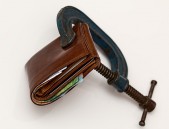 ments.
ments.
If your business is experiencing cash flow issues or you anticipate the need for extra finance, we urge you to talk to us today.
Click HERE to download the full edition of The Business Accelerator Magazine for December 2017.
Other articles in this edition:
- 4 Website Essentials if You Want To Grow Your Business in 2018
- 4 Ways to Protect Your Business Against Cyber Threats
- Accounting for Airbnb
- Questions You Must Ask Before You Buy a Business
- ATO Warns of a Crackdown on GST, FBT and Ride-Sharing Industries (e.g. Uber)
- Do You Need a Dot Com or a Dot Com AU Domain Name?
- Beware Business Name Renewal Emails







